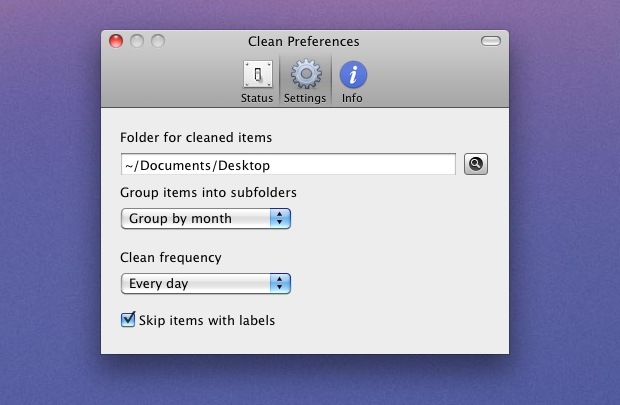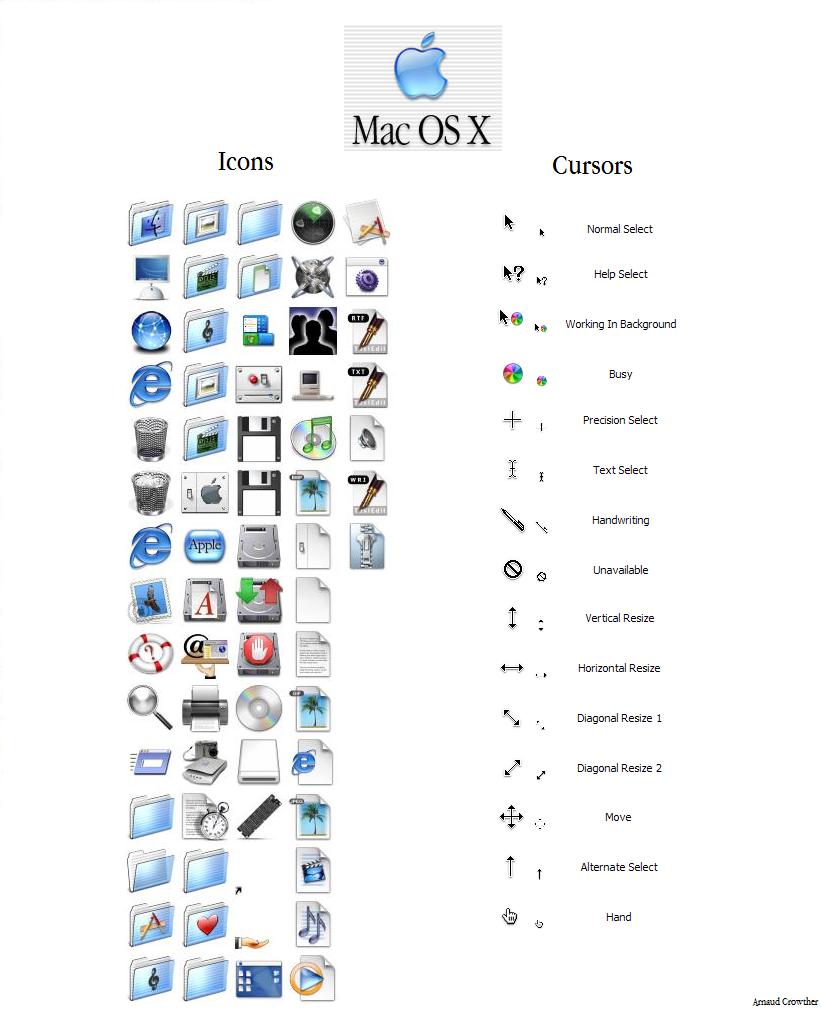
It took less than three minutes to find over 1,800 ICNS files and transfer them to a shelf. My Leopard box has three Xcode SDKs so it's got a lot of files and directories. Or you could just use a utility like this. But the task at hand could be done a lot better with ordinary shell scripting I think.

Perl the most cryptic and spartanic of all scripting languages? You can make an entire OS in 227 lines of Perl. 227 lines of code? Perl code at that? Photo booth app free download mac. You'll get a directory 'copy' containing the same structure. ) ( cd copy tar xvBpf - ) start it in the folder where 'OSX-Icons' (the result directory) resides. B) Yo may use this script to create a copy of the structur containing a real copy of the files: mkdir copy ( cd OSX-Icons tar cBpfh. Solutions I can offer: a) create the structure as is, but at the same moment create an additional structure containing copies. The problem when copying is, that I can't find whether or not an icon is already copied. If you'd rather not copy, paste, and make executable, I've put a on the macosxhints server.]. By the little arrow badge sitting over the corner of the alias icon.īut it can take a *long* time to run if you've got a ton of files on your machine. An alias on the Mac works similar to how a Shortcut does on Windows. (I like the BeOS method more for some reason) I found a cool Control Panel for OS 9 to remove them and make the text of aliases how you want them to, but no X equivilant is available yet. I loved when the Mac OS used italics labels to convey aliases or in the BeOS where they were underlined.

[ robg adds: I tested this, and it works. don't search the whole system Just enter findOSXicons -help or findOSXicons -man for instructions.

Instead of just starting findOSXicons from the Terminal, you can also tell it to: Each icon belonging to an Application will be linked from a folder: Desktop » OSX-Icons » Applications » application_name » icon_name Each icon not belonging to an application wil be linked from a folder: Desktop » OSX-Icons » letter » iconname where letter is the first character of the icon's name. By default, this script will copy a link (kind of an alias) to each and every icon in the system into a folder on the desktop in a nice hierarchy.


 0 kommentar(er)
0 kommentar(er)
